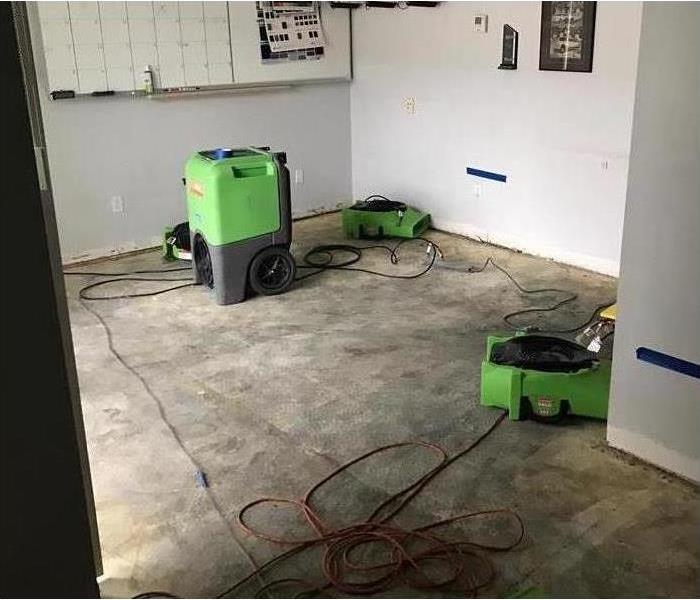Understanding A Flood Cut In A Nutshell
7/7/2022 (Permalink)
 Severe floods can happen when you least expect them. The team at SERVPRO is ready to respond to any size flood in your commercial building.
Severe floods can happen when you least expect them. The team at SERVPRO is ready to respond to any size flood in your commercial building.
Understanding A Flood Cut In A Nutshell
Flooding can be a major problem for commercial buildings in Laguna Beach, CA. It can lead to structural damage, mold growth, and sewage contamination. In certain cases, your flood cleanup company may start talking to you about doing a flood cut. This term may sound daunting, but it is a simple procedure that can help speed up the remediation process for your building. Learn more about this process to figure out if it is right for your flood remediation project.
What Is It?
Simply put, a flood cut is the removal of drywall in a flooded building. If the contractor has to tear out drywall, he or she will make a cut 12 to 18 inches above the flood line. Any drywall below that line is removed from the wall.
When Is It Necessary?
This restoration procedure isn't always necessary. You may have to have it done in your building if any of the following is true:
- The wall is insulated.
- The water is contaminated.
- There is potential mold growth in the wall.
If the flooding involves only clean water, there is a greater chance that you won't have to have any of your drywall taken out.
How Does It Help?
Removing the bottom portion of the drywall allows the interior of the wall to dry out faster. It also allows the restoration experts to visually see what's going on. They may be able to see signs of mold growth or other issues. Drywall is a porous material, so it often soaks up a lot of water. If the floods in your commercial building included any black water, removing the drywall helps remove all signs of contamination from the structure.
When your Laguna Beach, CA, building is affected by flooding, you want the issue to be addressed as quickly and efficiently as possible. Tearing out most of the lower drywall may seem counterintuitive, but it can actually help speed up your building's restoration.





 24/7 Emergency Service
24/7 Emergency Service